38 label the following diagram of water molecules indicating the location of bonds
en.wikipedia.org › wiki › WaterWater - Wikipedia In catabolism, water is used to break bonds in order to generate smaller molecules (e.g., glucose, fatty acids, and amino acids to be used for fuels for energy use or other purposes). Without water, these particular metabolic processes could not exist. Water is fundamental to photosynthesis and respiration. Chapter 02 HW Flashcards | Quizlet Rank the following from most acidic to least acidic. ... - pH=3 - pH=5 - [H3O+]=10−6 - pH=14 least acidic. Label the following diagram of water molecules, indicating the location of bonds and the partial charges on the atoms. a. covalent bond b. ... How many atoms in the pictured molecule can form hydrogen bonds with water molecules? 5. In ...
Bio 180 Chap 3 Flashcards | Quizlet Label the following diagram of water molecules, indicating the location of bonds and the partial charges on the atoms. Drag the labels to their appropriate locations on the diagram of the water molecules below. Labels can be used once, more than once, or not at all. a. covalent bond b. - c. hydrogen bond d. + e. + f. covalent bond g. -
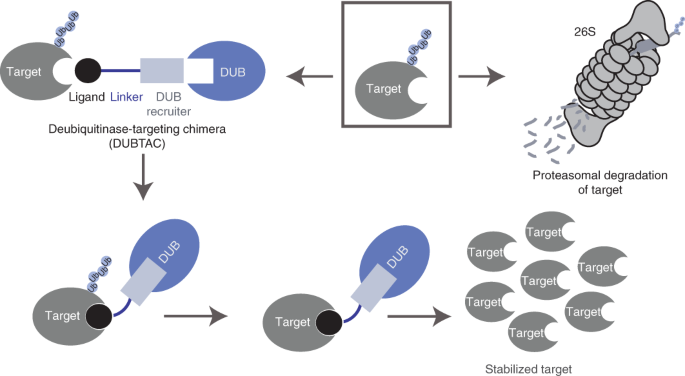
Label the following diagram of water molecules indicating the location of bonds
Cellular Diagram Respiration The Label - kqe.bandi.toscana.it Label the location on the cell diagram 5 Jun 2311:48 a "Think back to earlier in the year when we reviewed basic chemistry Complete this diagram inside the cell inside the cell. ... Cellular respiration is the process by which the chemical energy of "food" molecules is released and partially captured in the form of ATP Draw the diagram and ... Mastering Biology Chapter 2 - Subjecto.com Label the following diagram of water molecules, indicating the location of bonds and the partial charges on the atoms. . Classify each statement as an example of adhesion, cohesion, or surface tension. Adhesion: Water molecules cling to plant cell wall, Water molecules cling to the side of a beaker. en.wikipedia.org › wiki › Chemical_formulaChemical formula - Wikipedia They are the same as empirical formulae for molecules that only have one atom of a particular type, but otherwise may have larger numbers. An example of the difference is the empirical formula for glucose, which is CH 2 O (ratio 1:2:1), while its molecular formula is C 6 H 12 O 6 (number of atoms 6:12:6). For water, both formulae are H 2 O. A ...
Label the following diagram of water molecules indicating the location of bonds. Part c in a neutral solution the concentration of - Course Hero Part A -Hydrogen bonding Label the following diagram of water molecules, indicating the location of bonds and the partial charges on the atoms. Drag the labels to their appropriate locations on the diagram of the water molecules below. Labels can be used once, more than once, or not at all. How do we draw the dipole moment of a water molecule? Explanation: We start by looking at a water molecule: As we can see, the 2 hydrogen atoms are covalently bonded to the oxygen atom, which has two lone pairs (4 total electrons that push the H atoms further away). Oxygen is a much more electronegative atom than hydrogen, meaning that it attracts the electrons more than hydrogen does. So there is ... A Labelled Diagram Of Digestive System with Detailed Explanations - BYJUS The diagram below shows the structure and functions of the human digestive system. Let learn the different parts of the human digestive system. Mouth — It includes teeth, salivary glands and tongue. It is the beginning of the digestive tract and the process of digestion begins from the mouth, where teeth help by breaking and grinding the food ... Part A Hydrogen bonding Label the following diagram of water molecules ... Part A Hydrogen bonding Label the following diagram of water molecules, indicating the location of bonds and the partial charges on the atoms. Drag the labels to their appropriate locations on the diagram of the water molecules below. Labels can be used once, more than once, or not at all. Hint 1.
The Structure of an Atom Explained With a Labeled Diagram Basic Diagram of an Atom. Most of an atom is just empty space and consists of a positively charged nucleus of protons and neutrons surrounded by a cloud of negatively charged electrons. The center of an atom is the nucleus and one or more electrons surrounding the nucleus. When one says an atom is electrically neutral, it means that the number ... marinadejesus.it › describe-the-biological-need-for-cellsDescribe the biological need for cells to be surrounded by a ... The diagram shows the structure of the cell-surface membrane of a cell. The cell wall is a rigid covering that protects the cell, provides structural support, and gives shape to the cell. The cell membrane is selectively permeable to ions and organic molecules and controls the movement of substances in and out of cells. Solved Label the following diagram of water molecules, - Chegg Label the following diagram of water molecules, indicating the location of bonds and the partial charges on the atoms Drag the labels to their appropriate locations on the diagram of the water molecules below. Labels can be used once, more than once, or not at all View Available Hint(s) Reset Help Group 2 covalent bong Group lonic bond hydrogen Dona Group H › 49212961 › Inorganic_Chemistry_byInorganic Chemistry by Miessler ~ 5th Edition - Academia.edu This book is ideal for who want to use a strong molecular-orbital approach to explain structure and reactivity in inorganic chemistry.
› articles › s41467/022/31393-2Fluorescence turn on amine detection in a cationic covalent ... Jul 07, 2022 · It can be concluded that the hydrogen bonds between the water molecules and the chloride counterions of adjacent layers cause a twisting action during fiber growth along the layer stacking direction. Label the following diagram of water molecules - Course Hero Label the following diagram of water molecules, indicating the location of bonds and the partial charges on the atoms. Choose from: Covalent bond δ-‐Hydrogen bond Ionic bond δ+ Some need to be used multiple times, others not at all. 8. The table shown here lists the specific heat of several substances. Based on the information in the table, which of the following statements are true? ☐Benzene is more resistant to temperature change than sulfuric acid ☐Sulfuric acid is less ... Peptide Bond - Definition, Formation, Structure, Examples - BYJUS A peptide bond is basically an amide-type of covalent chemical bond. This bond links two consecutive alpha-amino acids from C1 (carbon number one) of one alpha-amino acid and N2 (nitrogen number two) of another. This linkage is found along a peptide or protein chain. During the formation of this bond, there is a release of water (H 2 O) molecules. 3.1.4 Draw and label a diagram showing the structure of water molecules ... Water (H2O) should be drawn as two hydrogen atoms connected to one oxygen atom by a bond known as a polar covalent bond. There are two lone pairs of electron...
Mastering Biology Chapter 2 Flashcards | Quizlet Label the following diagram of water molecules, indicating the location of bonds and the partial charges on the atoms. . Classify each statement as an example of adhesion, cohesion, or surface tension. Adhesion: Water molecules cling to plant cell wall, Water molecules cling to the side of a beaker. Cohesion: Water molecules are attracted to each other, A drop of water spilled on a table forms a drop on the table, rather than spreading out over ...
Label the following diagram of water molecules indicating the location ... Download the Android app. Label the following diagram of water molecules, indicating the location of bonds and the partial charges on the atoms. Drag the labels to their appropriate locations on the diagram of the water molecules below. Labels can be used once, more than once,or not at all.
PDF First rule: Arrows are used to indicate movement of electrons start and end of each reaction mechanism arrow, which is indicating the change in location of electron pairs. The terms "nucleophile" and "electrophile" (as well as "Lewis base" and "Lewis acid") are used to describe molecules based on their chemical reactivity and propensity to either donate or receive electrons when they interact.
Water molecules and their interaction with salt | U.S ... - USGS Water molecules pull the sodium and chloride ions apart, breaking the ionic bond that held them together. After the salt compounds are pulled apart, the sodium and chloride atoms are surrounded by water molecules, as this diagram shows. Once this happens, the salt is dissolved, resulting in a homogeneous solution.
H2O Molecular Geometry, Lewis Structure, Shape and Bond Angles Hence the molecular geometry of the water molecule is angular or v-shaped, and some people also refer to this bond geometry as distorted tetrahedron geometry. H 2 O Bond Angle The bond angles for the molecules having a tetrahedral geometry is 109°, but as the geometry of H 2 O molecule is distorted due to the presence of the lone pairs of ...
Hydrogen bonds in water (article) | Khan Academy A water molecule consists of two hydrogen atoms bonded to an oxygen atom, and its overall structure is bent. This is because the oxygen atom, in addition to forming bonds with the hydrogen atoms, also carries two pairs of unshared electrons. All of the electron pairs—shared and unshared—repel each other. The most stable arrangement is the ...
PDF Thermo fall 16 hw key - sciencehays.weebly.com A sample of water is heated from a liquid at 400C to a gas at 1 IOOC. 110 100 90 80 70 50 40 phase R 9 Time (min) On the heating curve diagram provided above, label each of the following regions. Liquid, only Gas, only Phase change For section QR of the graph, state what is happening to the water molecules as heat is addqd HE *empe
Why Is Water a Polar Molecule? - ThoughtCo Water ( H 2 O) is polar because of the bent shape of the molecule. The shape means most of the negative charge from the oxygen on side of the molecule and the positive charge of the hydrogen atoms is on the other side of the molecule. This is an example of polar covalent chemical bonding. When solutes are added to water, they may be affected by ...
PDF Water - University of Texas at Austin interacting with four other water molecules in the crystal. (Only two layers of water molecules are shown here.) In liquid water, each molecule still can form hydrogen bonds with up to four other water molecules, but each bond has a lifetime of only about 10-12 s. As a result, the structure of water is continually flickering as water
mastering biology online assignment chapter 3 - Quizlet Label the following diagram of water molecules, indicating the location of bonds and the partial charges on the atoms. Drag the labels to their appropriate locations on the diagram of the water molecules below. Labels can be used once, more than once, or not at all. Classify each statement as an example of adhesion, cohesion, or surface tension.
› science › articleRecent advances of polymeric photonic crystals in molecular ... 1. Introduction. Molecular recognition [, , ] refers to the identification of molecules, atoms, or ions, and different groups.It mainly focuses on the molecular size, shape, intermolecular forces, weak attractions, and reaction, as well as the surface adsorption structure of molecules and the orientation structure of adsorption molecules.
Mastering BSC1010: Chapter 3 Flashcards | Quizlet Hydrogen bonding. Label the following diagram of water molecules, indicating the location of bonds and the partial charges on the atoms. Properties of water. Classify each statement as an example of adhesion, cohesion, or surface tension. Adhesion: Water molecules cling to the side of a breaker.
› articles › s41427/020/00278-5Carbon-based SERS biosensor: from substrate design ... - Nature Jan 22, 2021 · The sensing of bioactive molecules based on photochemical techniques has become one of the fastest-growing scientific fields. Surface-enhanced Raman scattering (SERS) is a highly sensitive ...
Answered: Drag the labels to their appropriate… | bartleby Drag the labels to their appropriate locations on the diagram of the water molecules below. Labels can be used once, more than once, or not at all. • View Available Hint (s) Reset Help (b) Group 2 H Group 1 8+ H Group 1 8- H Group 2 hydrogen bond Group 1 Group 2 covalent bond H ionic bond Group 2 Group 1 H H. Transcribed Image Text: Drag the labels to their appropriate locations on the diagram of the water molecules below.
en.wikipedia.org › wiki › Chemical_formulaChemical formula - Wikipedia They are the same as empirical formulae for molecules that only have one atom of a particular type, but otherwise may have larger numbers. An example of the difference is the empirical formula for glucose, which is CH 2 O (ratio 1:2:1), while its molecular formula is C 6 H 12 O 6 (number of atoms 6:12:6). For water, both formulae are H 2 O. A ...
Mastering Biology Chapter 2 - Subjecto.com Label the following diagram of water molecules, indicating the location of bonds and the partial charges on the atoms. . Classify each statement as an example of adhesion, cohesion, or surface tension. Adhesion: Water molecules cling to plant cell wall, Water molecules cling to the side of a beaker.
Cellular Diagram Respiration The Label - kqe.bandi.toscana.it Label the location on the cell diagram 5 Jun 2311:48 a "Think back to earlier in the year when we reviewed basic chemistry Complete this diagram inside the cell inside the cell. ... Cellular respiration is the process by which the chemical energy of "food" molecules is released and partially captured in the form of ATP Draw the diagram and ...



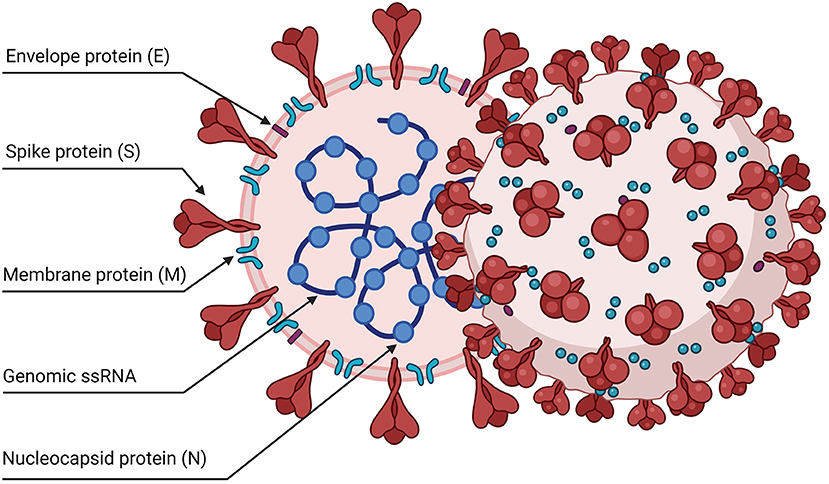




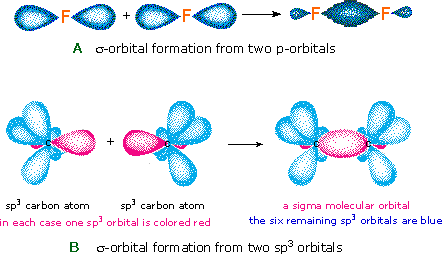

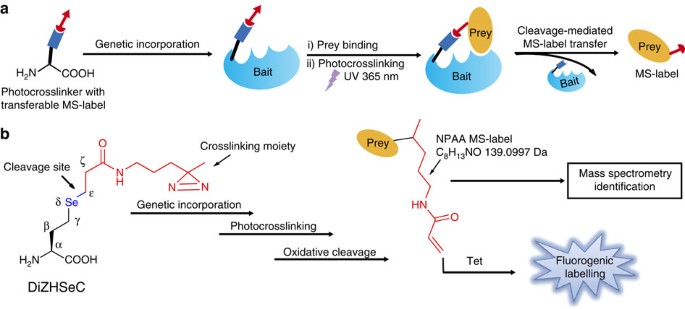
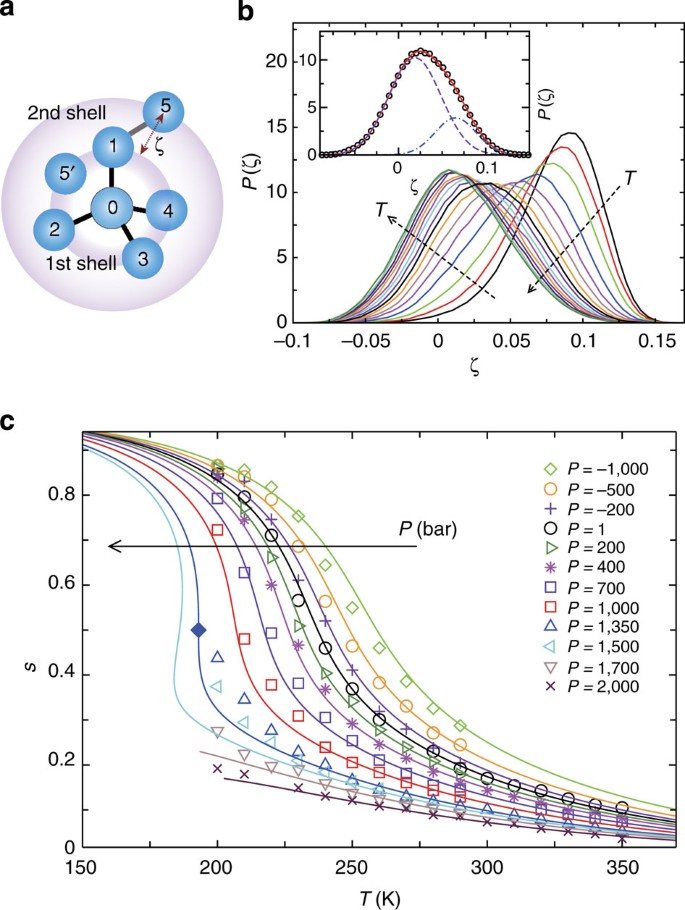








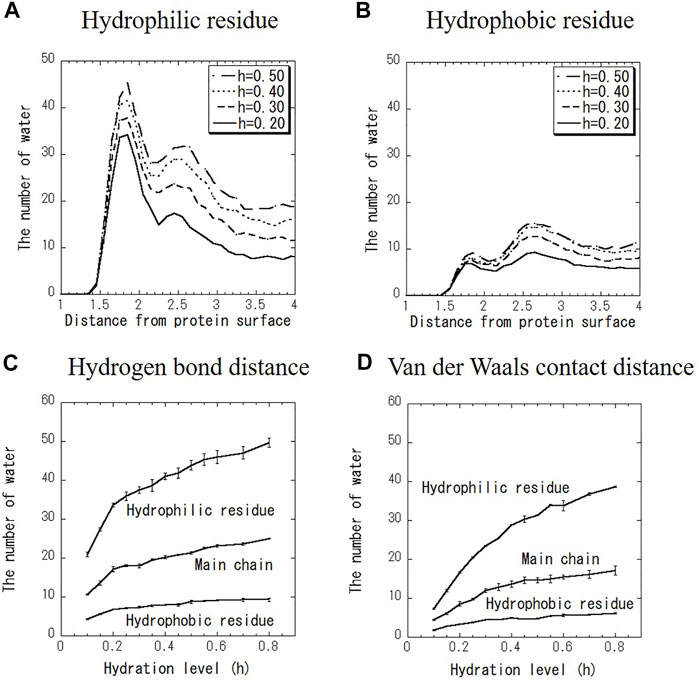




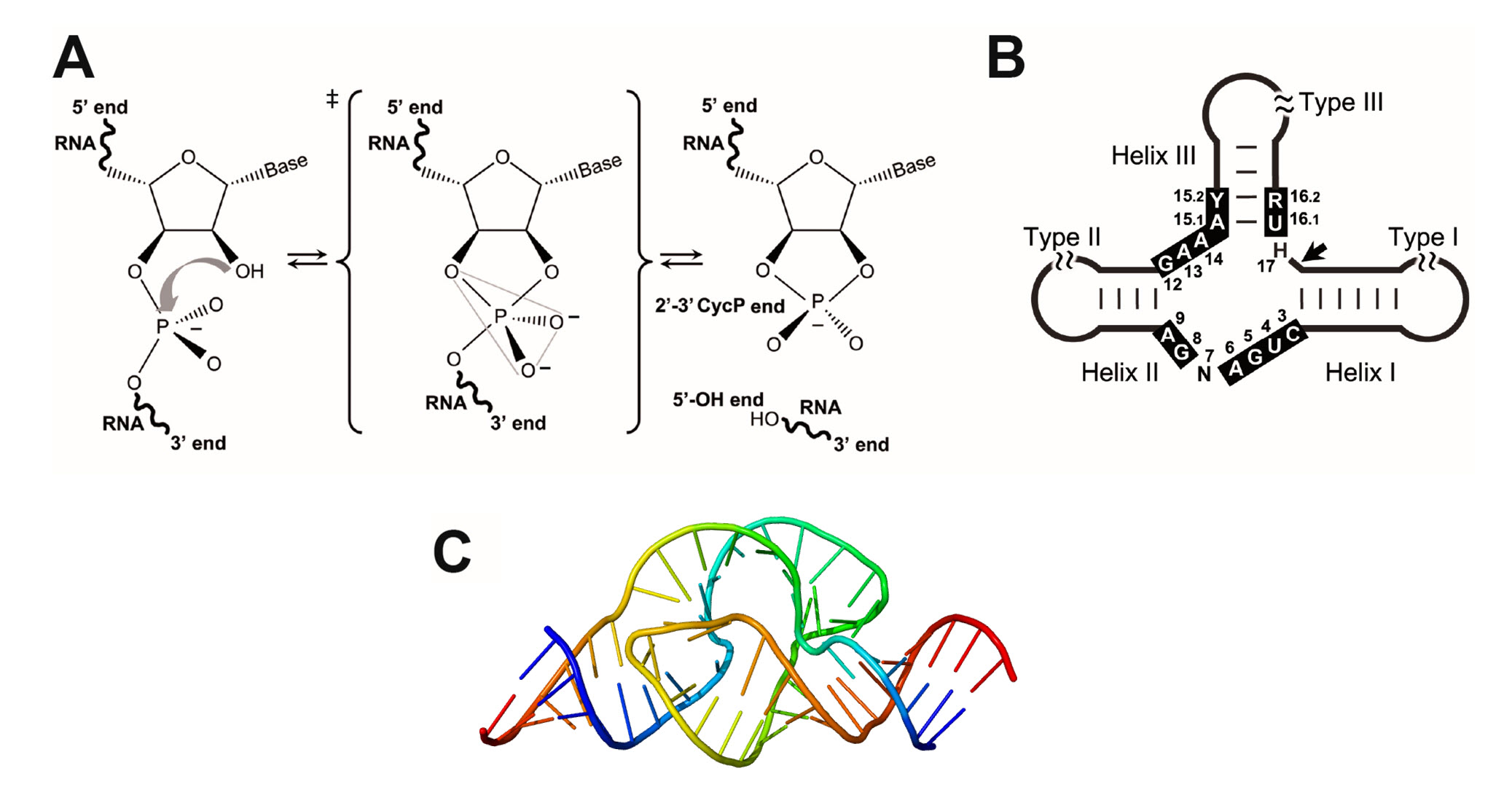


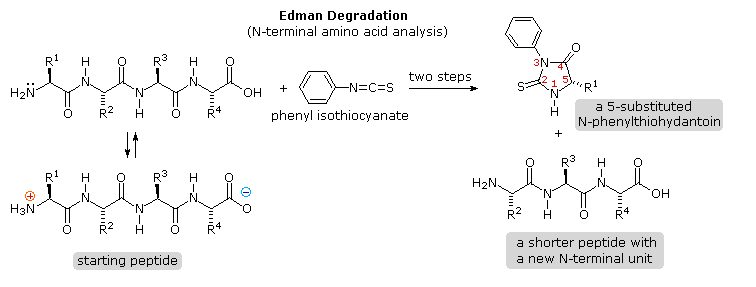
Post a Comment for "38 label the following diagram of water molecules indicating the location of bonds"